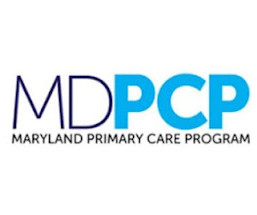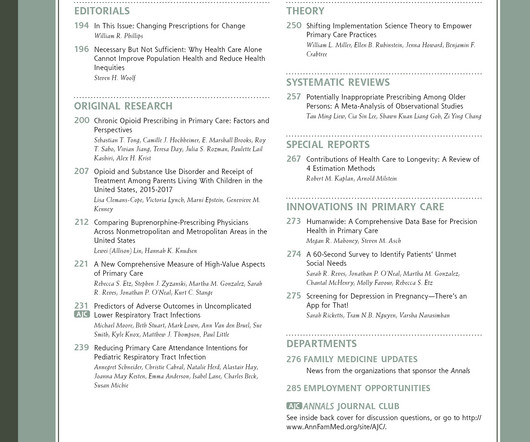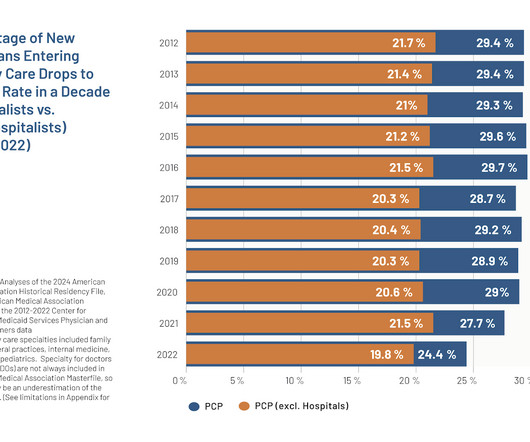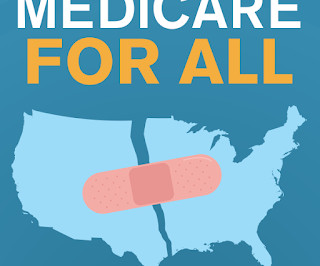Maryland's Primary Care Program: incremental progress or breakthrough?
The Health Policy Exchange
SEPTEMBER 2, 2020
Our residency, formerly a collaboration with Providence Hospital, is now known as the Medstar Health/Georgetown-Washington Hospital Center Family Medicine Residency Program. Also, patients may not have a choice of specialists, depending on the insurer's network. I stepped down as director of the Robert L. Phillips, Jr.












Let's personalize your content